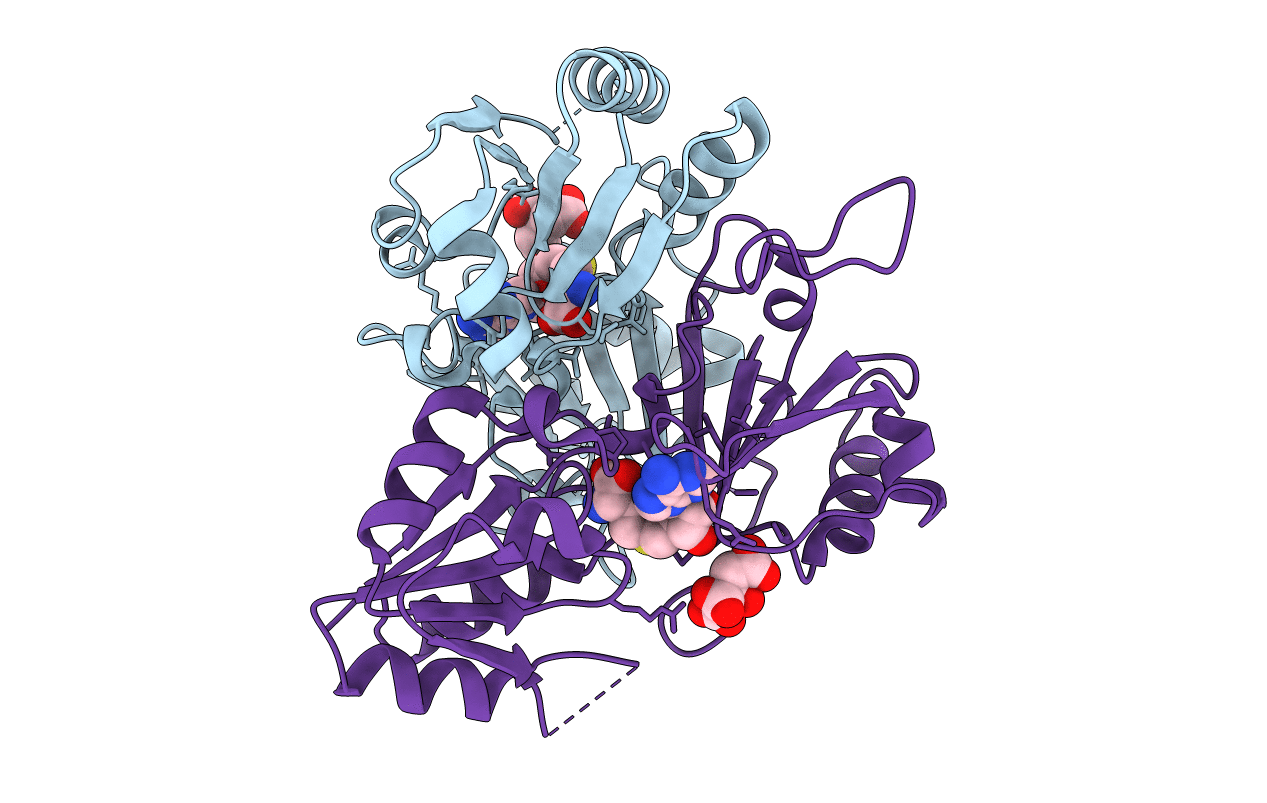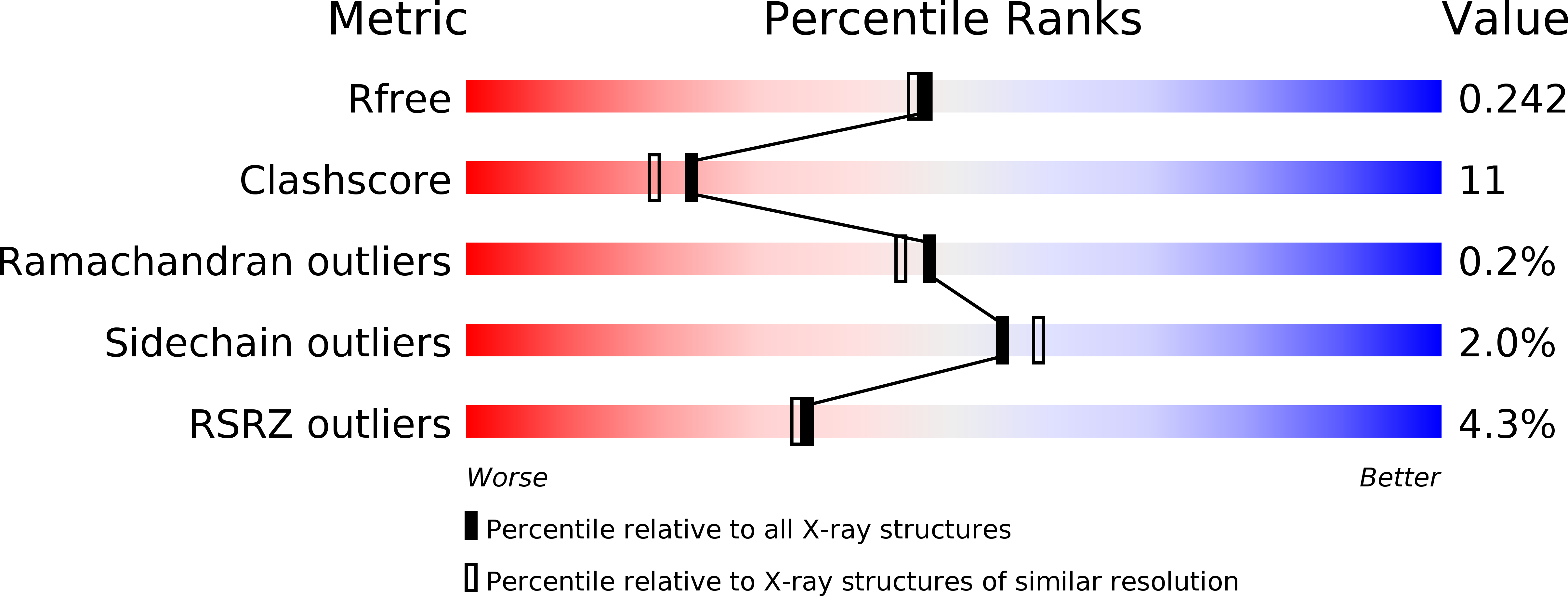
Deposition Date
2004-01-23
Release Date
2005-02-01
Last Version Date
2023-10-25
Entry Detail
PDB ID:
1V9A
Keywords:
Title:
Crystal structure of Uroporphyrin-III C-methyl transferase from Thermus thermophilus complexed with S-adenyl homocysteine
Biological Source:
Source Organism:
Thermus thermophilus (Taxon ID: 300852)
Host Organism:
Method Details:
Experimental Method:
Resolution:
2.00 Å
R-Value Free:
0.24
R-Value Work:
0.21
R-Value Observed:
0.21
Space Group:
P 21 21 21


